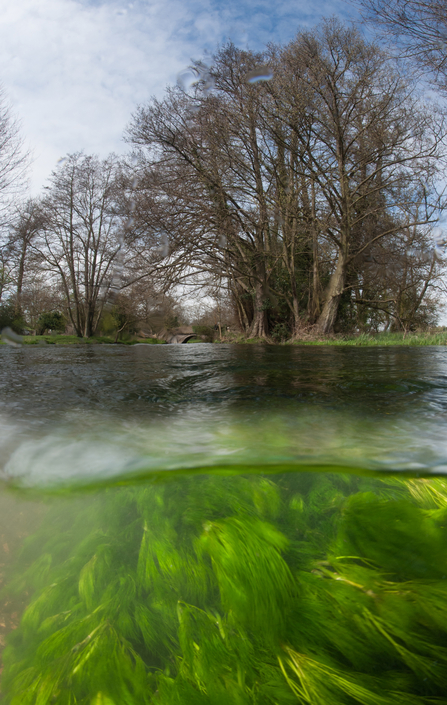Header image cc Malcolm Brown
There are just 260 chalk streams in the entire world and in Hertfordshire we are fortunate to be the custodians of around 10% of these precious habitats. These unique river systems are so rare, and support some of our most endangered species – in habitat terms, they are the UK’s equivalent to tropical rainforests.
On a mid-winter's day a river murmurs to Willows, which whisper in return as it glides by. Sunlight sparkles on gravel and vapour gives meadows a mystical atmosphere. A surprise awaits those who brave the river’s stone bed, a cool 10℃ feels warm compared to the surrounding air. For this is a chalk stream where in childhood we chase Minnows darting through miniature emerald forests in glinting gravelly brooks. To learn that these valleys were forged by the power of glacial meltwaters, this river born by rainfall seeping down through ancient sea beds once brimming with life stirs a deep-rooted sense of reverence for the nature of this landscape.
Life begins in the depths of the chalk aquifer where the oldest molluscs and phytoplankton in Britain have laid to rest for millions of years. As seasons progress springs bubble up and life gets to work. Disguised as small bundles of woody gravel, Caddisfly larvae move in to forage on algae while Mud Beetles move out to the river’s edges, both making use of their short-lived home in the winterbourne. Water-crowfoot returns to the winterbourne, threading the sky-blue river with a crown of delicate white flowers.


